7 tips for educators
Create a place where all students lives are seen and valued.
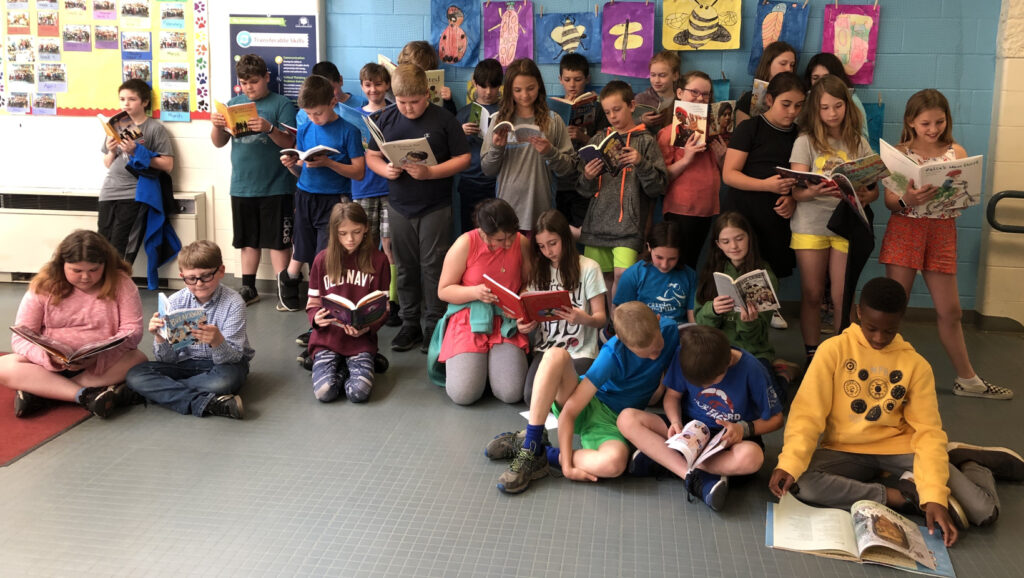
Expand the idea of what is possible in your classroom or school library. Every student should be able to see aspects of their lives reflected in the books, media and resources they interact with. But they should also be exposed to stories from different perspectives. Rudine Sims Bishop describes the role of diverse literature this way:
Books are sometimes windows, offering views of worlds that may be real or imagined, familiar or strange. These windows are also sliding glass doors, and readers have only to walk through in imagination to become part of whatever world has been created or recreated by the author. When lighting conditions are just right, however, a window can also be a mirror. Literature transforms human experience and reflects it back to us, and in that reflection we can see our own lives and experiences as part of the larger human experience. Reading, then, becomes a means of self-affirmation, and readers often seek their mirrors in books.
One way to do that is to have learners lead the inquiry charge by analyzing what books are in the collection, and whose stories might be missing. And then? They can do something about it.
One way to learn about library audits is by seeing one in action. Change-agent and book hero Becky Whitney shared how she launched a full-fledged library exploration with her students, the Diversity Detectives. Now read on to learn how YOU can do a library diversity audit. This is meaningful and critical work with students.
1. Remember the WHY
One look at this data and it is easy to remember WHY this work is so critical.
Becky reflects on the deep purpose of why it is important to expose students to a variety of texts from historically underrepresented and marginalized authors and topics.
There’s so many people in Vermont, in Hartford, who grew up in Hartford, and go to Hartford schools, and they still live in Hartford, and now they teach in Hartford, and that isn’t — it’s not enough exposure to the wider world. If they don’t have those life experiences, then where else can they get that information? So students and teachers have to get it through books.
In fact, as author, educator, and producer Tananarive Due says,
‘Diversity’ should just be called ‘reality.’ Your books, your tv shows, your movies, your articles, your curricula need to reflect reality.
Diverse collections provide us with the opportunity to see ourselves in the books, and also to see others. Study after study shows that reading (especially fiction) builds empathy and emotional intelligence. Libraries then are key to developing these skills in the learners they serve, and developing robust collections that are representative of our larger culture are imperative!
But diverse collections have other positive impacts as well. Studies have linked them to increased academic performance, social-emotional learning, career and college readiness, and engagement in reading. Diversifying your collection is a win on all counts, and this is real work that your students can do!
2. Find the leaders of this movement
Many activists, scholars, and educators have been leading the way in promoting a diverse books and the auditing of school libraries. Educators beginning this process can find allies and experts who are doing the work, daily, and sharing their knowledge. On Twitter, search out the hashtags #disrupttext and #weneeddiversebooks. Find authors, literacy advocates and scholars to connect with and gain inspiration from (find Dr. Debbie Reese, Dr. Lara M. Jimenez, Mike Jung and Lyn Miller-Lachman to start with!). Remember you’re not the first person to tackle this issue. Listen to the people who’ve already been putting in time.
3. Give students choice – then share with each other
Becky noticed that students were not uncomfortable with this project, and she thinks it has to do with the level of choice she was giving them. Students were able to pick the area they wanted to explore, and then learned from others. The focus could be based on their interest, but expand to include what they are learning from the data and each other. Students could explore a topic such as gender representation in different ways: Do we have any female protagonists in the action/adventure section? Do we have any mysteries that have female protagonists? Or you could even look at the authors. How many women are writing sports books?
This questionnaire focused on cultural responsiveness is one way to consider choices for your learners:
How culturally responsive and diverse is your (classroom) library? Find out using this great tool by @LEEandLOW: https://t.co/dW3L5IGaLZ #maketheforeignfeelfamiliar #readyourworld #stories #startyoung
— One Globe Kids (@OneGlobeKids) December 5, 2018
Here are some additional lenses through which students could choose to focus their work:
- Holidays: which holidays are represented in our collection? Which ones are missing?
- History: what historical events are represented? Where are there gaps?
- Science: what scientific innovations and scientists are represented? Who and what might be missing?
- Biography: whose life stories are on the shelves (gender, race, nationality, ability, sexual orientation, etc.)? Whose stories would make our collection more representative of the larger world?
- Sports and hobbies: what sports, hobbies, and special interest areas show up on the shelves? What’s missing?
There are so many ways to examine the collection. Allowing students to choose their area of interest increases engagement and focuses their work.
4. Treat learning about diversity just like any other learning
Critical text analysis, creating and analyzing data, and deep dialogue are part of a robust education, and this project is an example of that. Becky used her normal way of communicating with families about this unit: the Facebook page, the blog, and the newsletter. This way, she wasn’t framing this work as “controversial” but just part of the library curriculum and learning. And in fact, examining a library collection for bias isn’t controversial. Fewer than 2% of librarians surveyed find building diverse collections “unimportant,” while 94% find this work important or very important. If you are concerned about negative parental feedback, host a parent night to provide information and answer questions or concerns.
5. Find school and community partners in this work
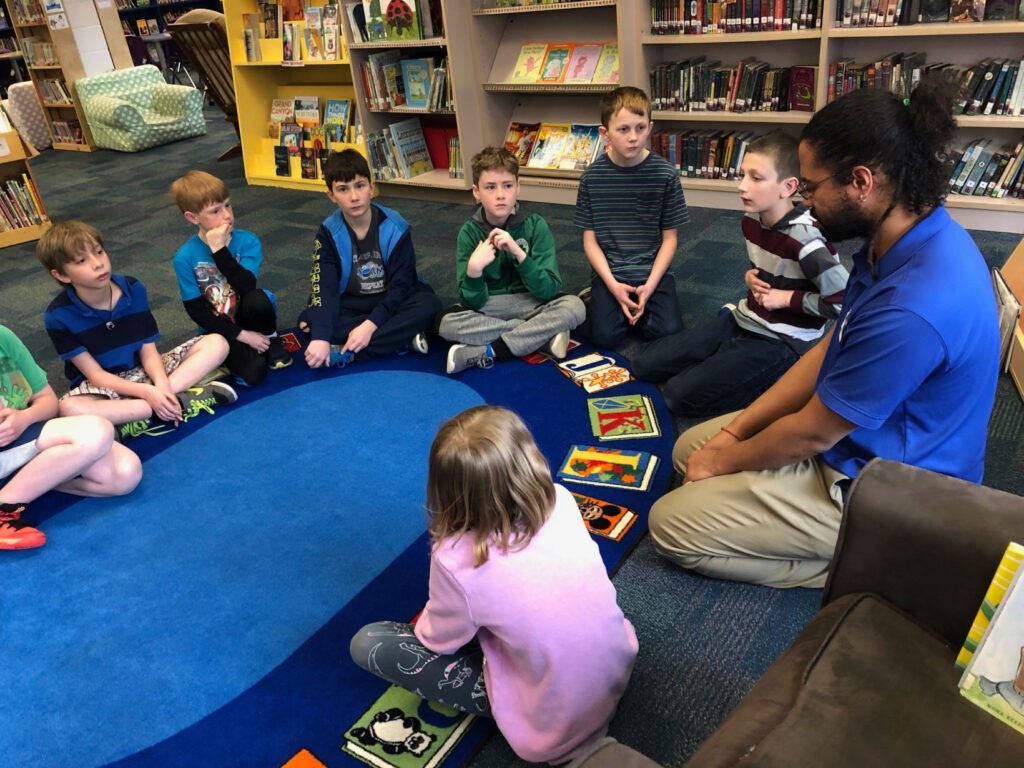
A student-led library audit is an excellent opportunity for engaging local community partners! Becky shares:
I would recommend incorporating as many people as you can. It would have been really nice if I could have worked out a way to incorporate more people in the school, so that more people are aware of what I’m doing, and maybe — those conversations could trickle out into other areas. It’s like a conversation-starter if they’re studying something else. And then bringing in the gentleman from the Hartford committee, that was really powerful, and it helped open, potentially open a door for this further conversation about this entire idea in schools.
Students can work with experts to develop recommendations for weeding and adding to the collection. Local historians, scientists, and professionals can share their expertise. Discipline-specific experts in the school district might help students as they examine discipline specific books. And Vermont organizations can weigh in on increasing diversity about specific issues. Consider this list of possible partners:
- Outright Vermont: Queer and LGBTQ+ advocacy and support
- Vermont Women’s Fund: gender equity
- Peace and Justice Center: human rights and racial justice
- Vermont Partnership for Fairness and Diversity: inclusivity
6. Your students CAN do this
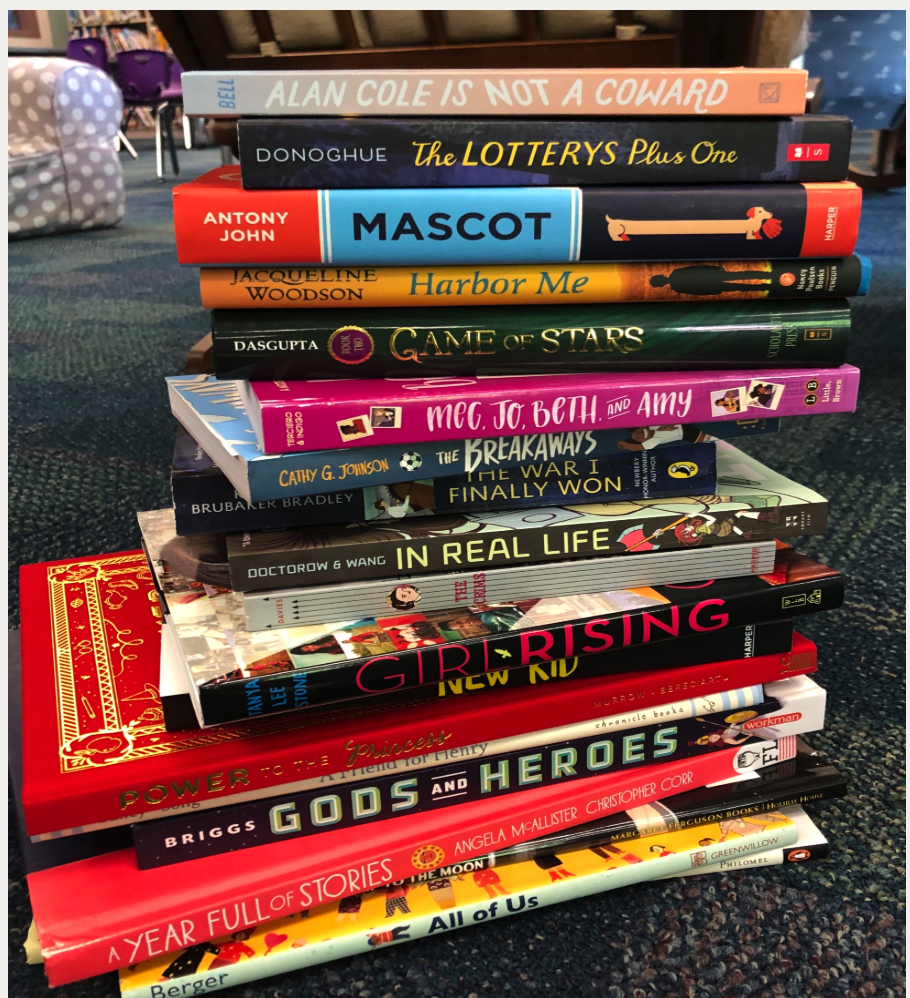
Many people think that younger students are not ready for this kind of inquiry and these issues. But Becky finds them eager and open participants and researchers in the work, and finds this age to be the perfect time to engage in inquiry and discourse:
It’s kind of like the whole goalkeeper thing, too, when you say to them “who’s going to solve this problem?” They’re like “us, we are, we’re going to solve this problem. We are the goalkeepers, we’re the game-changers. We’re going to solve this problem.” I just think that they are — they’re really, they’re very aware of what is right and wrong. They are very passionate about justice.
Studies show that kids are aware of differences from a very early age. Work like this helps them make better sense of the world and build their capacity for understanding difference and taking action when they notice bias and inequity.
7. Remember to ask: what do the students think?
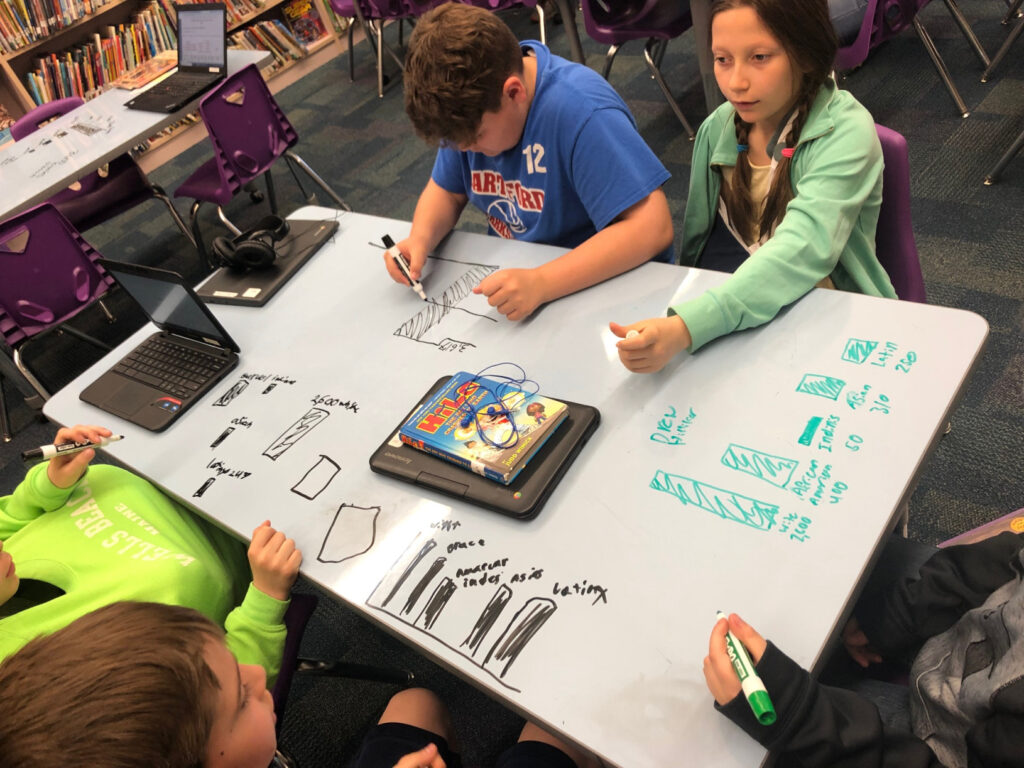
Students are key partners in this work. They are learning to navigate information, representation, and are often grappling with their own identities and societal norms, pressures, and current events. Be sure to check in with them frequently, and provide many opportunities for reflection. Becky shared about her students:
I think that they are just so much more accepting. They see the world as this diverse place, and I just don’t think they have the hang-ups yet. I would like them — to go at the world with curiosity, and fairness, and — drive for justice. And if they leave the library with that, and the understanding that libraries are not just mirrors, and not just windows, and not just doors — but I love the idea I read about them being maps. All of those things.
But I’m hoping that this is going to spark them to be inquisitive and find — if I have questions, if I don’t know, then we’ll figure it out in the library. Let’s go figure it out.
Here are a variety of tools to have students reflect on their learning through an audit experience.
The role of the librarian as change agent
Libraries are often the places where societal shifts happen, are cultivated, and explored. As the hub of a school (and some would say, the heart), libraries foster critical thinking, empathy, connection, and imagination How about we add creating the world we would like to see?
Becky considers the role of the librarian in helping students understand what it might be like to not see yourself reflected in the library:
Especially in Vermont, since it’s predominantly white, you have to make students feel what it’s like to not have your story be told. If you don’t say that, if you don’t make them feel it, they won’t care.
These boys are looking around the room, and they see Hatchet and they see Holes, and they see My Side of the Mountain, and they’re just like “Oh yeah, look, white boys and dogs, they’re everywhere.” But people who aren’t white boys, or white girls — where are their stories?
So, they have to realize that that’s a problem. If they don’t get that that’s a problem, then — you missed it. Great that they can do research, great they can use Canva to create an infographic. You improved their skills. You missed the opportunity to create good humans.
Deep exploration and expansion of library collection is possible and can be lead by students. By becoming researchers of the library collection, students learn to look for biases, dominant narratives, and who’s story is missing at their own level, with support. This work opens their eyes to systems of power in our society in clear ways and allow them to learn and then follow that up with action.
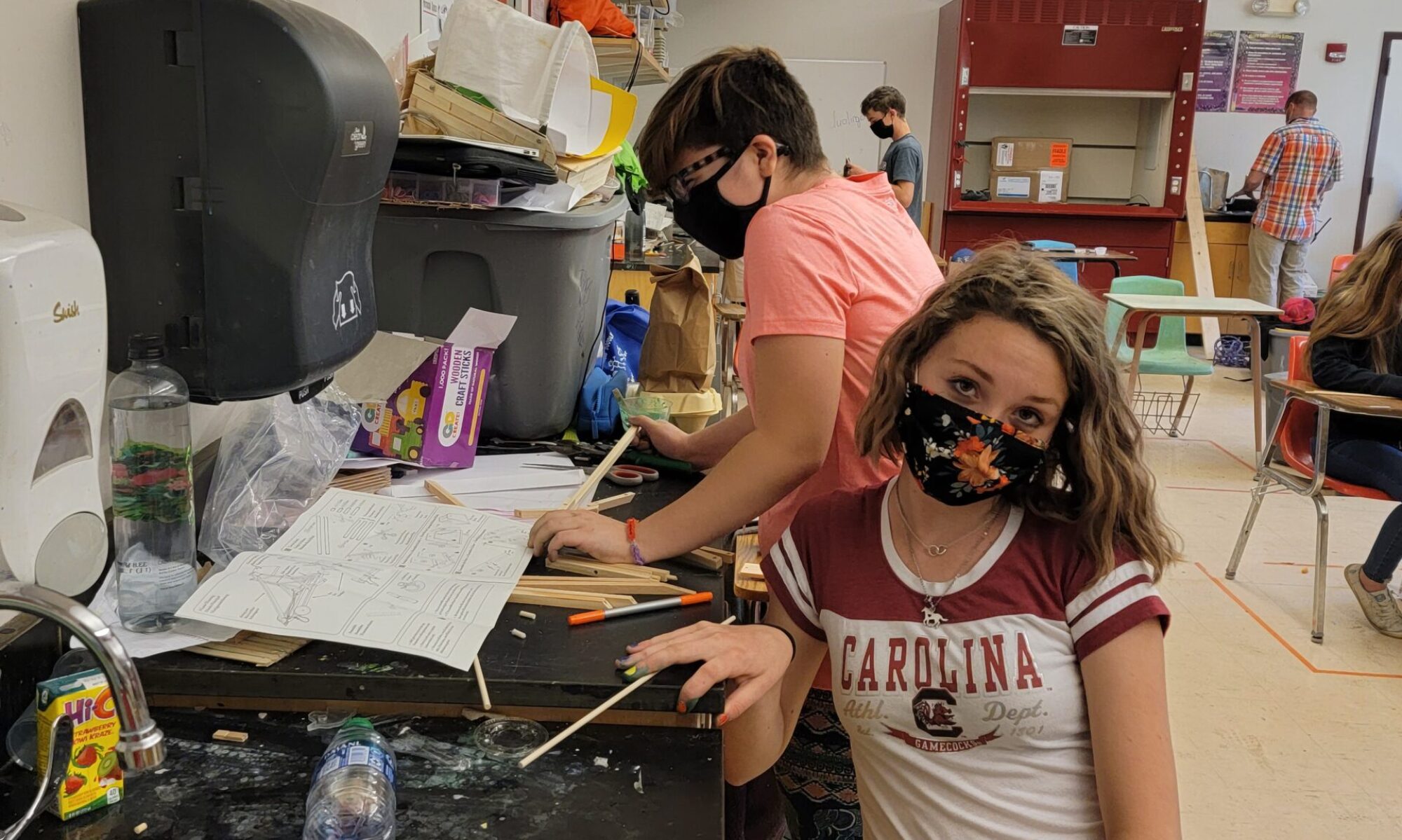

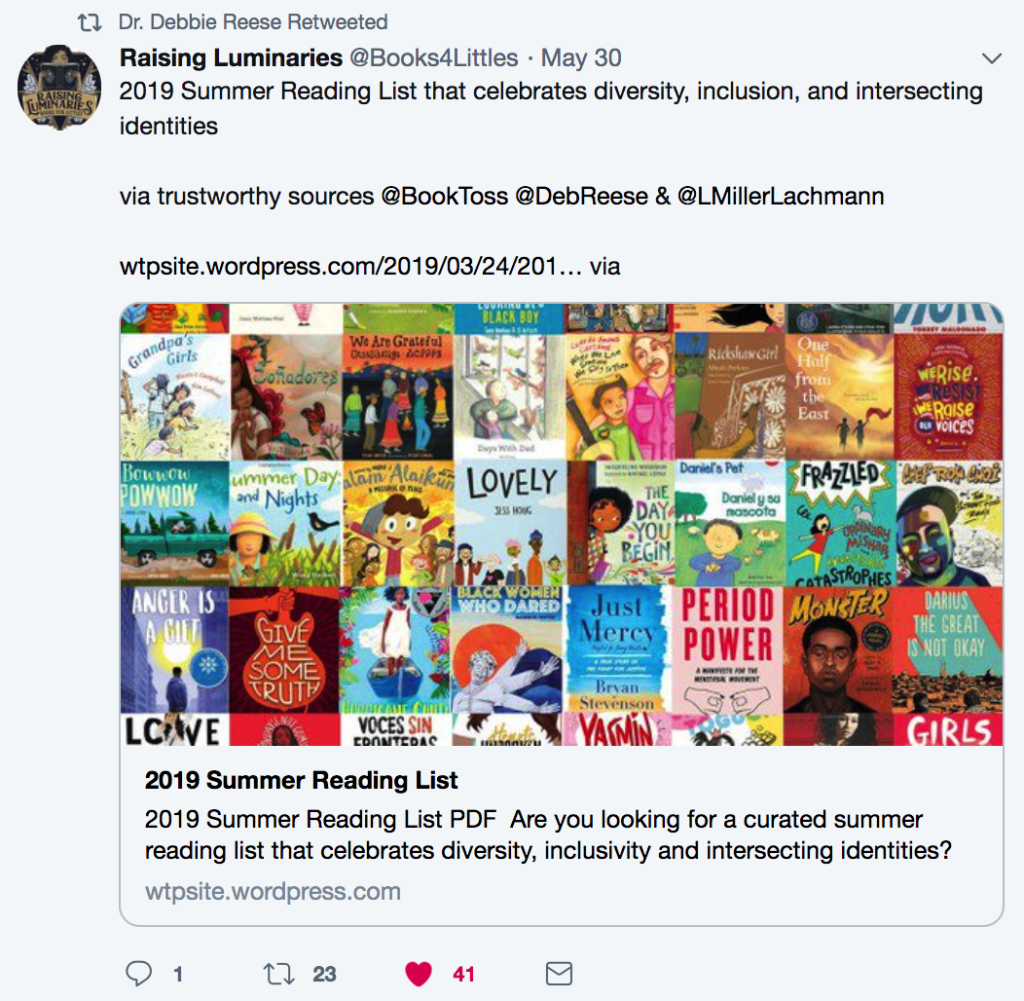
One Reply to “How to do a library diversity audit”
Comments are closed.